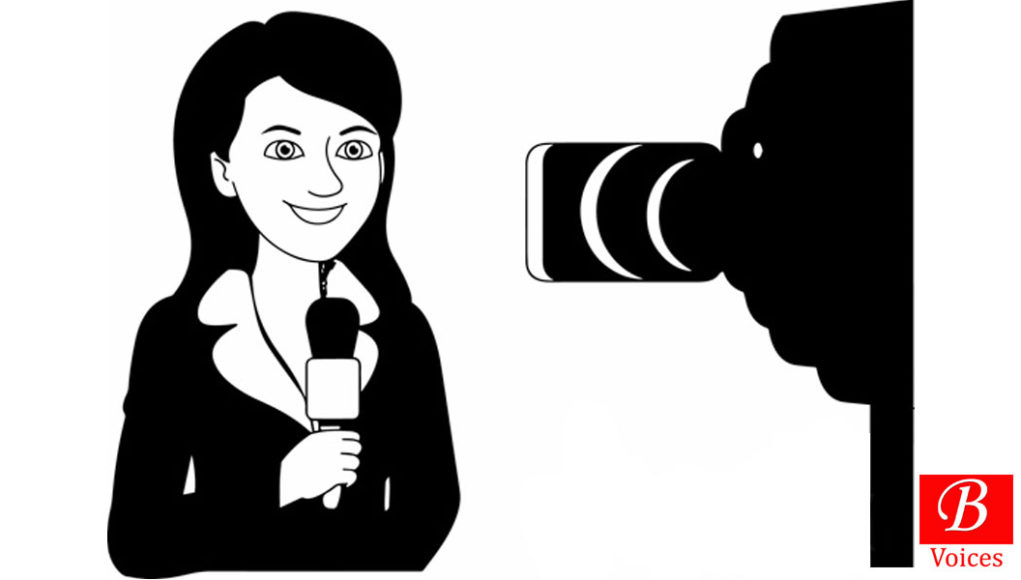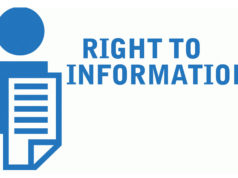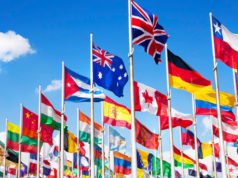Tahira Khan
Internationally, women journalists face violence both in online and offline spaces. It is one of the serious threats to the freedom of the press. It is one of the reasons crimes against journalists are increasing day by day. In particular, online violence is held to discredit, humiliate, and silence journalists. Moreover, it kills citizen journalism, deprives society of unbiased voices, and inflicts psychological injuries. As far as women are concerned, their entire careers are ended.
In this context, ICFJ has issued a detailed report titled “The Chilling: A global study of online violence against women journalists”. This report has a detailed analysis of gender-based violence against women journalists. In addition to that, the report has taken into account 15 countries including Pakistan, the United States, Kenya, South Africa, Nigeria, Sweden, the United Kingdom, Mexico, Serbia, Brazil, Poland, Sri Lanka, The Philippines, Lebanon, and Tunisia. Further, the report has recorded responses from 1100 participants along with analyzing the case study of Nobel Laureate Mara Ressa and investigative journalist Carole Cadwalladr.
Read Also: Stereotypical Attitude Towards Female Journalists
As per the findings of the report, 73% of ICFJ-UNESCO respondents recognized that they face violence while doing their duty. In this regard, threats of physical and sexual violence constituted 25% and 18% respectively. The respondents also revealed that the ratio of threats increases when it comes to their family members. It is pertinent to note that the report also analyzed when misogyny and sexism intersect religious bigotry, sectarianism, transphobia, homophobia, etc. The rate of violence was highest among Asian, Black, Jewish, Lesbian, and Indigenous women.
Similarly, 15% of respondents identified the trauma of image-based abuse. However, 48% revealed that much violence happens in online space; especially via private messages and stalking. 20% of respondents made it clear that online violence is associated with offline violence. Consequently, 26% identified mental health impacts including PTSD due to online violence against them. Besides, some of the respondents also revealed that they quit their jobs, lessened their social media presence, or left journalistic work altogether. Following that, 49% of respondents confirmed gender as the main theme of any online violence.
In brief, 41% revealed that online violence is associated with disinformation campaigns upheld by far-right extremists and conspiracy channels. The interviewees also highlighted the involvement of high-level political leaders, and state actors while instigating violence against unbiased voices of the society. The report also pointed to the involvement of some media outlets and journalists in adding and abetting online violence against their fellows. In the context of Covid-19, the situation has beleaguered significantly.
The report has also analyzed the role of big tech companies as the abettors of instigating online violence against women journalists including Facebook and Twitter. These companies have stated commitments but are still failed to curb online violence completely. This is due to business/ technical design failures, a lack of gender-sensitive and human-focused solutions that challenge the safety of journalists on online platforms. Big Tech Companies also lack tools to deal with all languages which neglect the abuse in other languages.
As far as the response of the employers is concerned, 25% said that they reported incidents of online violence to their employers. Among them, 10% revealed they got no response from their bosses or got pieces of advice like getting tough or growing a thick skin. Some employers even discouraged fellow journalists from highlighting their cases of online violence. In addition to that, women journalists are also advised to not speak on ‘controversial issues’ as a safeguard measure.
ICFJ’s report also shows that a minimal number of cases are reported to the police and Law enforcement agencies. 11% of the respondents identified reporting their case of police. Among them, only 8% of respondents went for legal action. In short, employers/bosses, media houses, digital industries, big tech companies, and fellow journalists provide minimal support when it comes to inline violence instigated against women journalists. Owing to the abysmal level of support from the journalistic field and associated industries, how can women journalists hope to get support from society, police, lawyers, and the court?
Disclaimer: Views expressed in this article are those of the author and Balochistan Voices not necessarily agree with them.
Share your comments!








